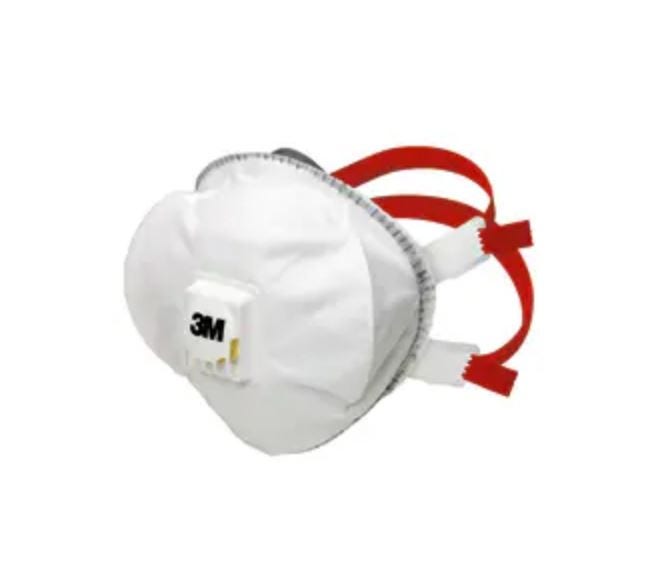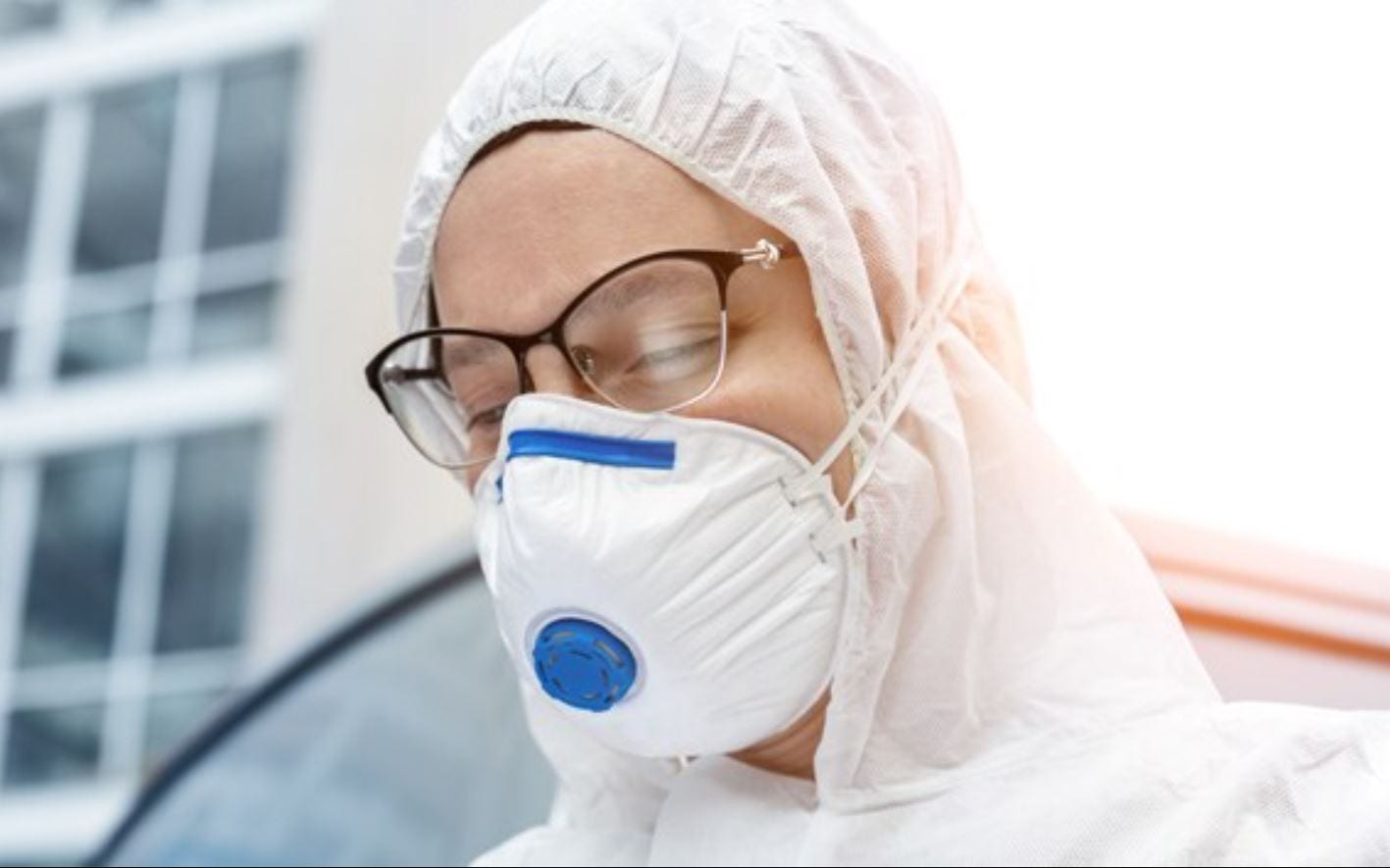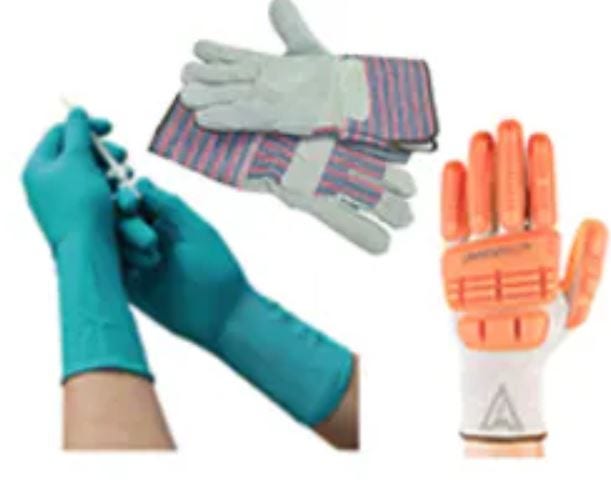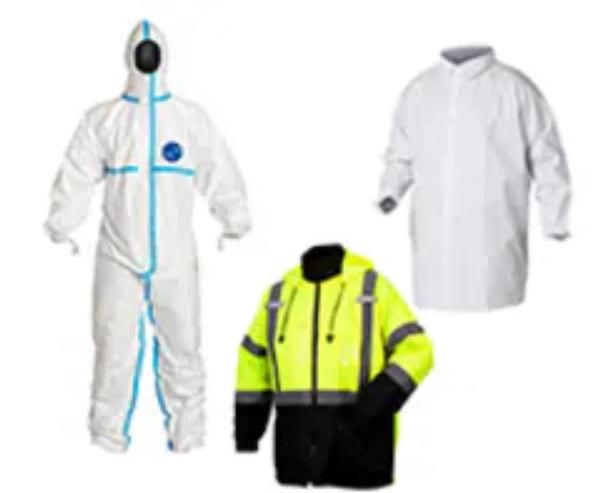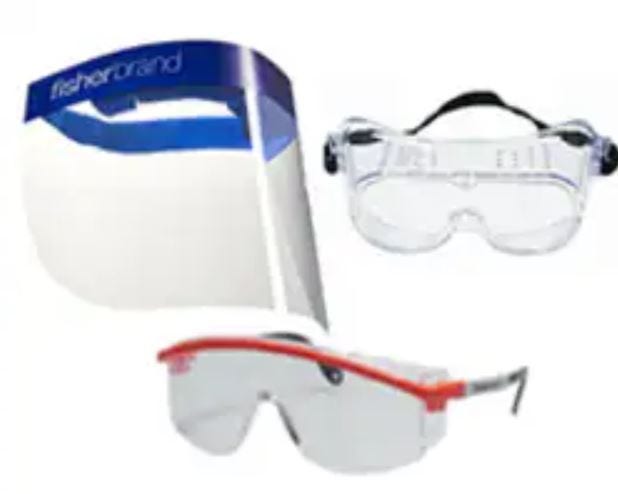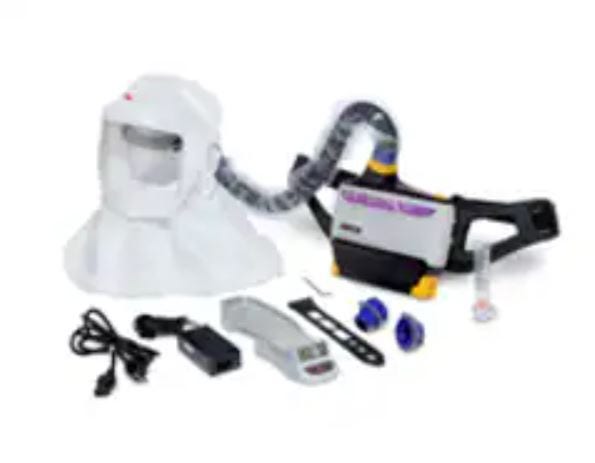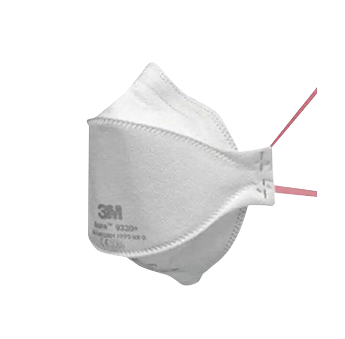
Particulate Filtering Facepiece Respirators
Wearing proper respiratory protection is critical when you work in demanding environments such as the automotive industry, construction, the oil and gas industry, the chemical industry, public utilities, and many others. Disposable respirators protect workers against airborne particles in both oil and non-oil environments.
Useful Links
Selector Guide
Save Now - Exclusive Deals
Product Code 15759817
Product Code 7160346
Product Code 16415459
Product Code 15854406
Product Code 8001313
Product Code 12362389
Must Have
Product Code 15759837
Product Code 7225046
Product Code 7160346
Product Code 8006621
Product Code 12932505
Complete Your Order - Great Deals
Product Code 15709067
Product Code 12302419
Product Code 10676285
FAQ
Respirators and surgical masks are personal protective equipment (PPE) used by healthcare workers and non-healthcare workplaces. Respirators help reduce the wearer's exposure to airborne particles. Tight-fitting respirators, such as the N95, are designed to seal the wearer's face and are tested to meet minimum filtration performance requirements and other regulatory standards. A surgical mask prevents biological particles such as bacteria and viruses from being expelled from the wearer into the environment. Surgical masks are not necessarily designed to fit tightly against the face, allowing air to escape at the edges. Respirator are used in high-risk environments and areas with airborne infectious agents. Surgical mask are used in medical settings to protect against large respiratory droplets and prevent infection spread.
To correctly remove a filtering facepiece respirator:
- Clean your hands
- Avoid touching the front of the respirator, as it may be contaminated
- Remove the bottom strap
- Remove the top strap over your head, being careful not to let the respirator touch your face or clothes
- Discard the respirator if it is a single-use type, or if reusable, place it in a clean, breathable container, like a paper bag, for future use. They should be stored indoors, in their original packaging, in a structured storage space where they can’t become crushed or distorted.
- Clean your hands again immediately after removing the respirator.
N95 respirators are effective at filtering at least 95% of airborne particles, including:
- Dust
- Mist
- Fumes
- Smoke
- Biological particles (e.g., bacteria and viruses)
- Non-oil-based aerosols


